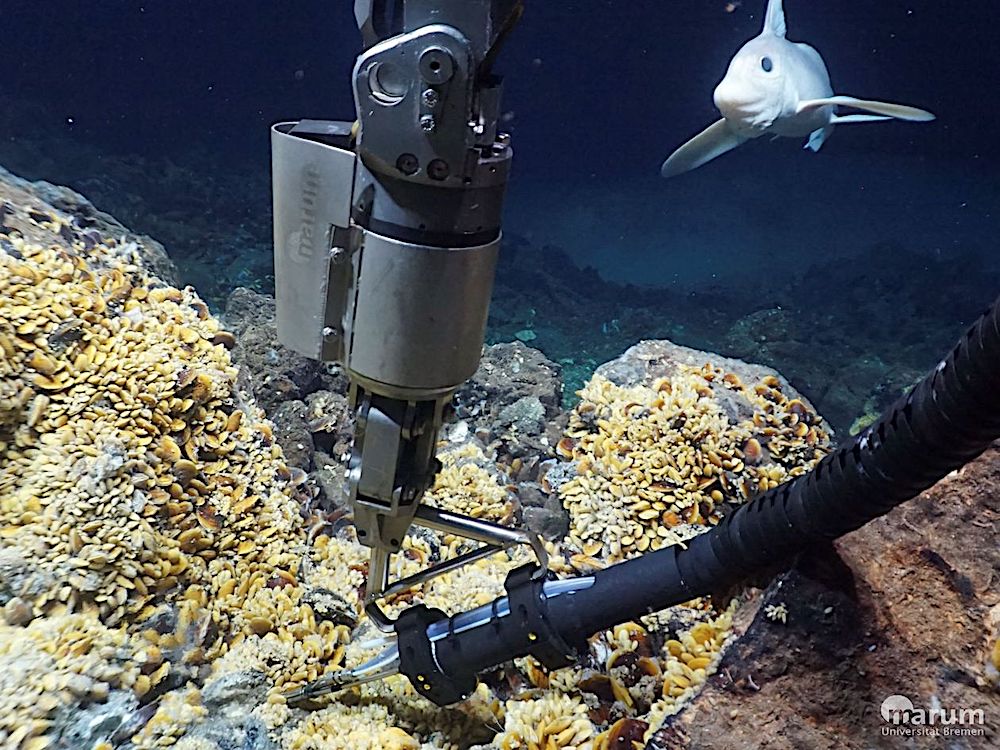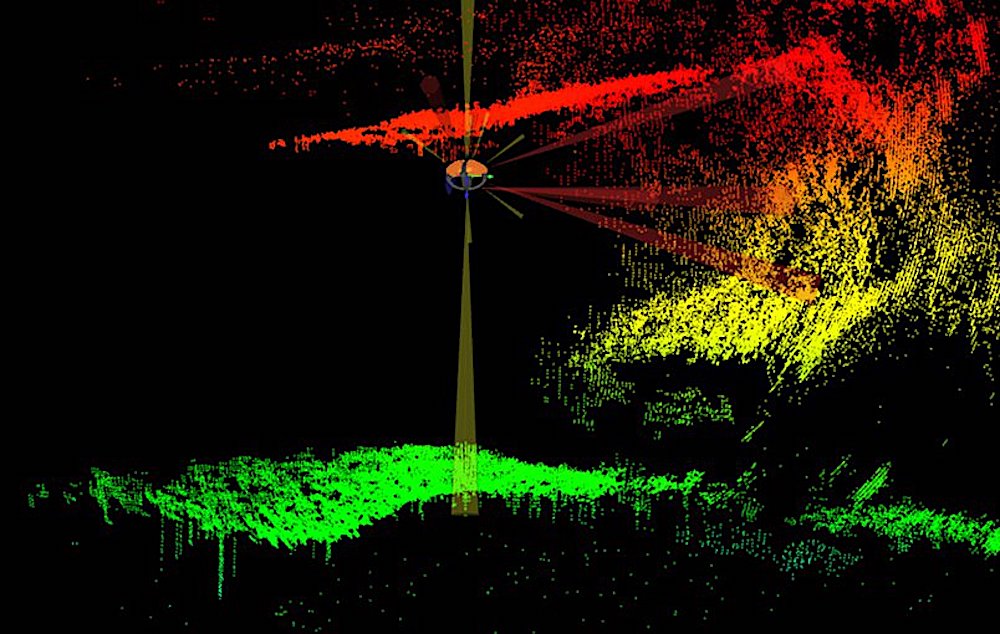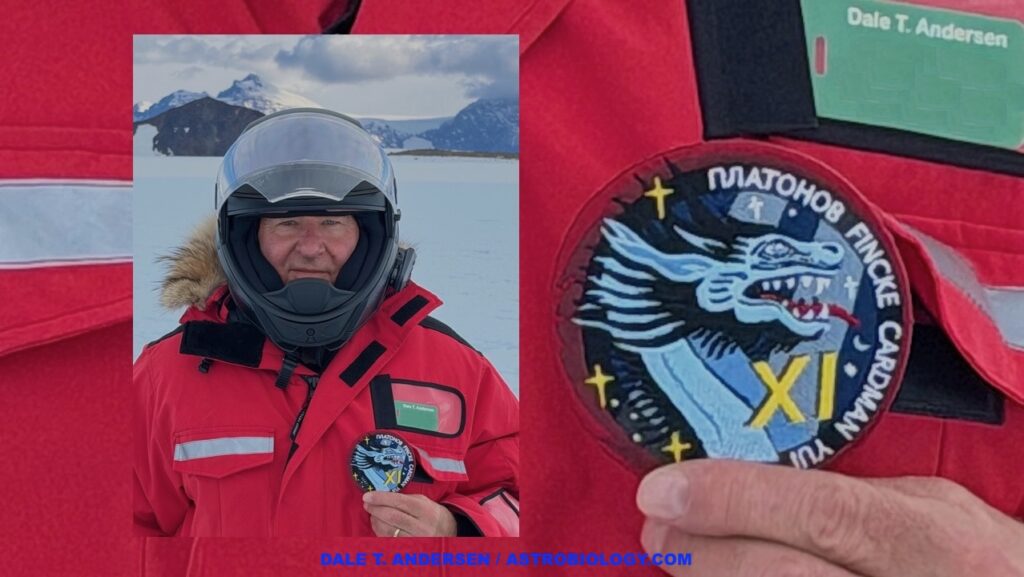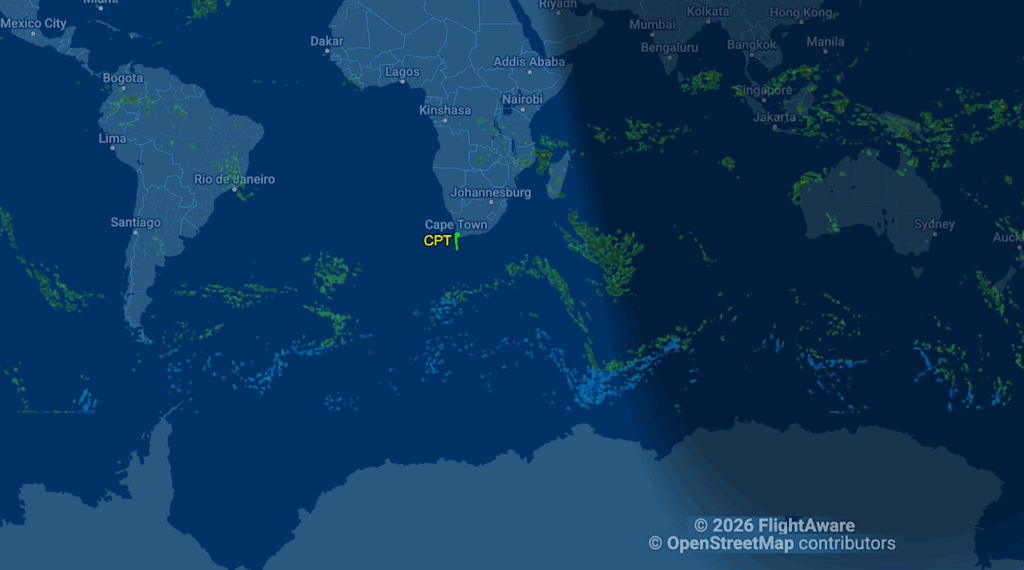Marine Science Can Contribute to the Search for Extra-Terrestrial Life

Abstract: Life on our planet likely evolved in the ocean, and thus exo-oceans are key habitats to search for extraterrestrial life. We conducted a data-driven bibliographic survey on the astrobiology literature to identify emerging research trends with marine science for future synergies in the exploration for extraterrestrial life in exo-oceans.
Based on search queries, we identified 2,592 published items since 1963. The current literature falls into three major groups of terms focusing on (1) the search for life on Mars, (2) astrobiology within our Solar System with reference to icy moons and their exo-oceans, and (3) astronomical and biological parameters for planetary habitability.
We also identified that the most prominent research keywords form three key-groups focusing on (1) using terrestrial environments as proxies for Martian environments, centred on extremophiles and biosignatures, (2) habitable zones outside of “Goldilocks” orbital ranges, centred on ice planets, and (3) the atmosphere, magnetic field, and geology in relation to planets’ habitable conditions, centred on water-based oceans.
Introduction
Several planets and moons in our Solar System host large bodies of water, termed exo-oceans [1], that are often analogous to those of Earth, albeit below thick ice shells [2]. Marine environments may exist on Saturn or Jupiter’s moons, such as Enceladus, Europa, Callisto and Ganymede [3–12]. Mars once had large lakes and possibly seas and still has subsurface liquid water at its South Pole, where a briny solution is keeping water liquid beneath the ice shell [13–15]. Titan is also hypothesized to contain water, maintained in a liquid state by ammonia, beneath its water-ice crust on which there are rivers and seas of liquid methane and ethane [16–18].

More extraterrestrial water-ocean environments are likely to be discovered on exo- planets over the next decade [19–21]. Inhabitable oceans have been hypothesized to exist on planets orbiting stars beyond the previously considered habitable range [22–25]. Habitability near M-red dwarf stars is problematic because they typically emit lethal flares [26], even though in some cases this may be counteracted by a planet’s magnetic field [27], ozone shields [28], and/or water bodies [29]. Beyond the traditionally defined stellar habitable zone, life could also exist in geothermally or tidal friction-heated liquid oceans below thick ice shells [2].
The Earth’s deep sea is a vast biome devoid of sunlight, where high-pressure and different cyclic hydrodynamic phenomena occur at tidal, inertial, and seasonal scales within the water column and the seabed [30,31]. In the benthic realm, communities of chemosynthetic bacteria and multicellular organisms thrive in areas of high geothermal activity [32].
It has been hypothesized that life on Earth may have originated around marine hydrothermal vents with considerable geothermal activity [33], as these areas represent a habitat that fulfils the requirements of constant energy and essential chemical element supply, alongside other favorable conditions [34,35]. Precipitation of vesiculated metal oxides and/or sulphones at vents has been considered to create compartments acting as primitive cells, able to trap organic molecules, and reach concentration potentials across the walls and catalyze reactions [36].

Similar ecosystems can also be found in exo- oceans on moons and planets with geothermally active mantles and/or cores [37,38]. These systems may present environmental conditions analogous to those of Earth’s oceans [39– 44], where water–rock interactions might provide nutrients and trace elements together with thermodynamic disequilibria.
Life could also have arisen and evolved there, as speculated, for example, for Enceladus and Europa, which have the same age as the Earth [12]. Extraterrestrial marine organisms may have developed to the multicellular stage, and they could even display some level of morphological convergence with terrestrial analogues, following the principle that morphological similarity in non-phylogenetically related species can be predicted from common environmental conditioning factors [45].

The hypothesis that uni- or multicellular extraterrestrial organisms may have evolved around terrestrial-like hydrothermal vents could help us to conceptually explore exo-oceans for life signatures. How we imagine these putative extraterrestrial life forms (i.e., uni- or multicellular, photoautotrophs, chemo-autotrophs or heterotrophs [46–48]) will influence the approach we use for their identification. Since the resounding successes of the Voyager 1 and 2 probes, Galileo and Cassini-Huygens, between 1979 and 2017, future missions to Enceladus, Europa, Ganymede, Titan, and Ceres are now being conceived [2,12], based on robotic platforms for orbital surveying, ice-shell drilling, pelagic navigation and rocky-core seabed sampling, all endowed with different spectrophotometric and imaging sensors for molecular and microbial detection [49–59].

Specifically, investigation of the Earth’s deep sea is developing technology for the operation of novel autonomous vehicles and their payloads devoted to environmental exploration and ecological monitoring [60]. Driven by technological advancements and the fundamental interest in submarine life, new geomorphological habitats and associated ecosystems are constantly being discovered at continental margins and in abyssal realms [31]. The potential of submarine exploration is illustrated by the fact that hydrothermal vents, a revolutionary discovery, were found in 1977, long after humanity had already landed on the Moon.
This technological innovation is providing new methods for the detection and monitoring of life with potential applications to astrobiological research [60,61]. For instance, the development of vessel-teleoperated remotely operated vehicles (ROVs) completely revolutionized research in the deep-sea water column [62,63].

Similarly, both macro- and microscopic imaging, in situ spectroscopy, multibeam sonar imaging, and passive acoustic sensors (hydrophones) are playing an increasing role in the investigation of life [64]. More recently, new life-detecting capabilities have been implemented through the development of eco-genomic sensors, based on environmental DNA (eDNA), and delivering information on the presence of species across a wide range of ecological sizes (i.e., from bacteria to whales), complementing imaging or acoustics [30,65].
In the case of exo-oceans, such developments could be used for the detection of DNA-based life-forms. In deep-sea research, the mounting of these image- and molecular-based sensors not only on ROVs, but also on other autonomous or remotely operated robots (e.g., Autonomous Underwater Vehicles-AUVs, rovers and crawlers), enables the assessment of the presence of species and their relationship with the environment, by coupling biological data acquisition with synchronous oceanographic and geochemical surveying [61]. Specifically, for each image/sound or molecular or eDNA record, one can establish the associated environmental status from measurements with geochemical and oceanographic sensors [61,65]. Recently, off-the-shelf platforms with such multiparametric sensors have been described in relation to the exploration of possible marine life on Enceladus and Europa [61,66,67].

Bibliometric analysis tools such as VOSviewer [68] and CiteSpace represent valuable methods for exploring and analyzing large volumes of scientific data [69], manifesting astrobiology research fields and shedding light on emerging areas. Previous efforts in the analysis of astrobiology research trends with bibliometric methods [70] have related to authors, collaborating networks and research domains; [71] to emerging research topics and their evolution from three flagship journals; and [72] to biotechnological applications for biomining and bioleaching in long-term human space exploration.
We approach our bibliographic investigation of exo-life from the perspective of connections with biological marine science. The identification of emerging astrobiological research areas and their relationship with marine science could provide a dialogue framework to promote strategies for the discovery and monitoring of uni- and multicellular extraterrestrial life under ‘marine-like’ conditions. We conducted a data-driven and quantitative bibliographic survey on astrobiology literature from its beginning (by combining VOSviewer and CiteSpace bibliometric analyses) to identify developing paradigms and research trends generally and, more specifically, potential connections with marine science, for future synergies in the exploration for extraterrestrial life in exo-oceans.
Full article (open access)
Astrobiology








